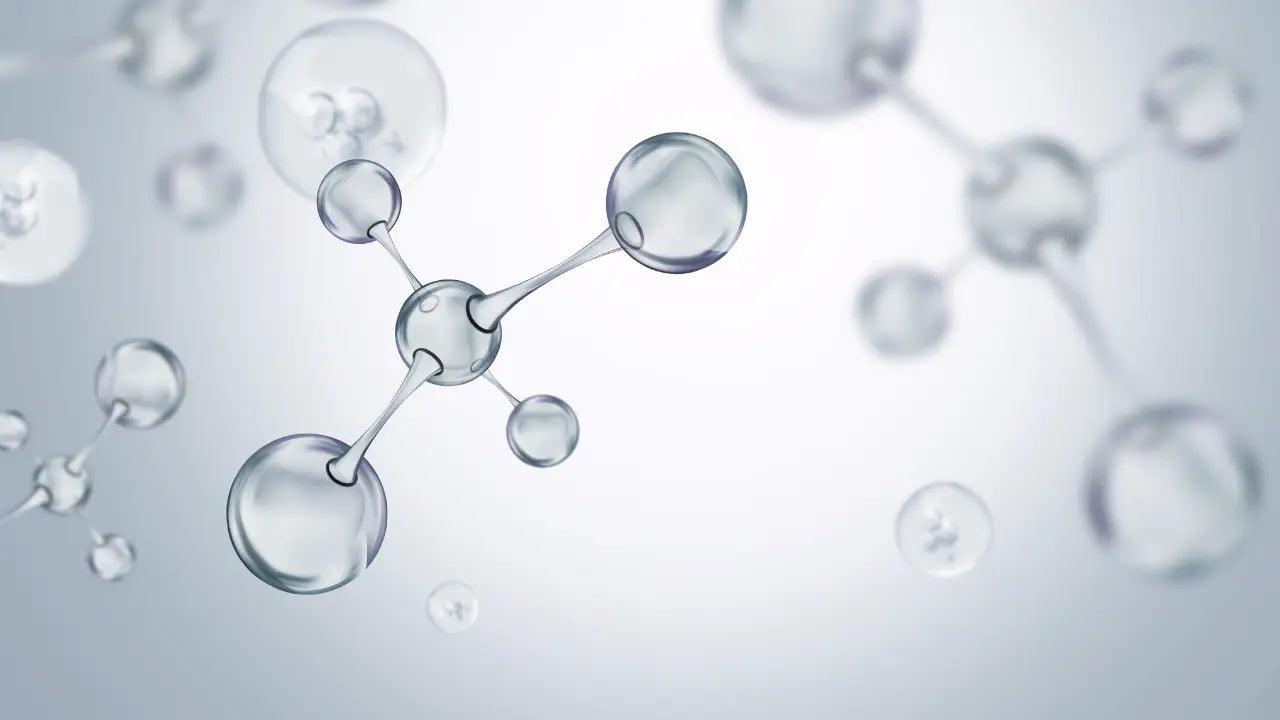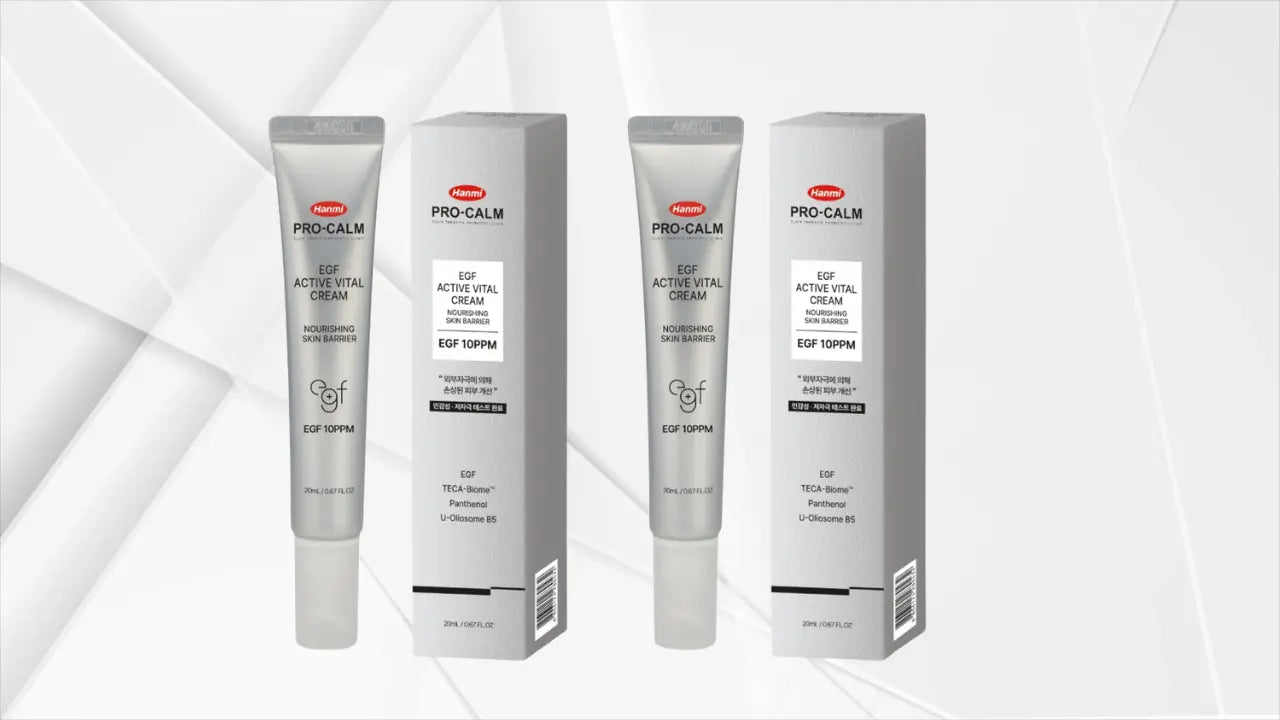Pibumi Centellution Cica Cream is a barrier-friendly moisturizer built around Centella-derived actives, and in my experience it’s the kind of product you reach for when skin feels hot, tight, or high-strung. The name signals a cica focus—short for Centella asiatica—paired with a plush cream base that aims to comfort without feeling heavy. I’ll walk through what it does and doesn’t do, who tends to like it, and how to pair it without derailing an existing routine.
What Pibumi Centellution Cica Cream is and why it’s trending
At its core, this category is about soothing. Cica creams are typically mid-weight moisturizers that lean on Centella asiatica fractions like madecassoside, asiaticoside, and related triterpenes, often supported by humectants and barrier helpers. The Pibumi take aims for a comfortable glide with a no-sting dry-down; I find it plays well after a gentle cleanse and a watery serum. If you want a direct product reference, the brand’s own Pibumi Centellution Cica Cream 3X is positioned as a daily soothing cream rather than a medicated ointment, so expectations should center on comfort, hydration, and appearance of calm rather than clinical treatment of disease.
The reason cica remains popular is not just marketing but an evidence base around Centella’s key molecules. Modern reviews describe how Centella triterpenes may modulate inflammation and oxidative stress in skin while supporting repair processes—useful when a routine or climate leaves the stratum corneum cranky. These are still cosmetics, not drugs, but the mechanistic story helps explain why many users report a “less edgy” feel after consistent use. PMC
Key ingredients and how they work
The headline actives in most cica creams are Centella asiatica derivatives. Madecassoside and asiaticoside are triterpene glycosides; in lab and animal models they’ve reduced inflammatory signaling and supported healing responses. A 2021 review summarized how titrated extracts of Centella, sometimes shortened to TECA, attenuated pathways like NF-κB and iNOS in dermatitis models—one reason these formulas are often recommended when redness flares after over-exfoliation or dry heat. While these findings don’t promise results for every face, they map well to the “less tight, less pink” experience many users describe. PMC
Alongside Centella, many soothing creams add B5 derivatives such as panthenol. I tend to reach for panthenol when a routine includes retinoids or actives because it’s a friendly team player; recent clinical work has shown panthenol-enriched leave-ons can reduce post-procedure redness and help hydration while supporting barrier repair. In practice, that has meant less flaking and a quicker return to “comfortable” for me after dry winter evenings under central heating. PMC
Textures matter as much as actives. If you like a gel-cream feel that sinks without a film, an option like Dr.G Red Blemish Cica Soothing Cream keeps the finish fresh under makeup. If you’re drier or on tretinoin, creamier bases with occlusives can be kinder after the third or fourth night of a retinoid schedule, and a Centella-rich cream helps the “edges” feel blunt rather than scratchy.
Interactions and patch-testing
Most cica creams layer politely because they’re built for calm, not tingle. I still recommend a quick patch test along the jawline for two to three nights before slathering, particularly if your routine includes acids or a retinoid. That small pause often saves a week of troubleshooting later.
Types, textures, and choosing the right cica cream
Think of the category on a spectrum. Light gel-creams suit combo and humid-climate skin; mid-weight creams fit most normal-to-dry faces; ointment-leaning balms can be targeted to the corners of the mouth or wind-burned patches. When my cheeks feel papery, an ointment-style cica like CellFusionC Centecassol Ointment Cream tapped over serum makes a noticeable comfort difference by morning without feeling greasy.
TECA-forward classics are a different texture conversation. If you want that “derm ointment heritage” feel in a more everyday format, Dongkook Madeca MD Cream is a recognizable reference point. Research on TECA combinations in inflammatory models suggests mechanisms that may help explain why these formulas are recommended when the skin barrier is fussing, even if they’re not prescriptions. PMC
If your skin runs dry-dehydrated rather than oily-dehydrated, you may prefer a cream with a plusher base and B5 support. In that case a barrier-first pick like Physiogel Hydro Cica Soothing Cream can feel more satisfying across cheeks while you keep the T-zone lighter.
Who will likely benefit (and who should be cautious)
I reach for cica creams when skin is reactive, wind-chapped, or “over-treated.” In my testing they tend to suit normal, dry, and combination skin that wants calm more than glow. Acne-prone readers can still use them, but I suggest scanning the full INCI for richer oils or waxes that may not vibe with your skin. If you’re on a retinoid or exfoliating acids, a cica cream often helps the journey feel tolerable rather than punishing, which can improve compliance over time according to dermatology guidance on retinoid use and mitigation of irritation. AAD
If you’re pregnant or nursing, skip retinoids entirely and keep any new product patch-tested and simple. Fragrance-free options will be friendlier. For an am routine in bright climates, ensure your soothing step doesn’t replace sun protection; it just makes the rest of the routine feel better.
How to use it and pair it in your routine
On me, this category performs best as the cushion between actives and sunscreen at sunrise, and as the final comfort layer at night. In the evening, retinoid nights run smoother when I apply a light layer of moisturizer, the retinoid, then another whisper of cream. New ex-vivo work suggests this so-called “sandwiching” with moisturizer does not blunt retinol or tretinoin bioactivity, which mirrors what many dermatologists already recommend for comfort during retinization. That makes it a low-risk technique when your skin protests but you want to stay consistent. jaad.org
Morning routines should still end with a broad-spectrum SPF 30 or higher. Dermatology groups emphasize SPF 30+ with UVA/UVB coverage; in practice, that means your cica cream is the soothing base and sunscreen is the shield, not the other way around. This pairing is extra helpful when a retinoid increases sensitivity because sunscreen mitigates photo-irritation and helps you keep the long game on track. AAD
If you love a serum step for a weightless first layer of Centella, slot a watery option like SKIN1004 Madagascar Centella Ampoule under your cream. On retinoid nights I’ll sometimes keep the serum, then use a pea-size cream to seal, so makeup doesn’t pill the next day. For straightforward, all-in-one comfort on makeup-free days, the Pibumi Centellution Cica Cream 3X alone often feels like enough.
AM vs PM and sunscreen compatibility
In the AM, lighter layers help sunscreen spread evenly. If your SPF drags, try applying cica cream, waiting sixty seconds, then sunscreen; the wait helps glide without diluting UV filters. In the PM, I prefer the cream after any exfoliating toner or retinoid to settle things down. If you are coming back from an irritation episode, consider pausing acids and simplifying for a week while keeping sunscreen daily; skincare tends to snap back faster when you stop asking it to multitask. The core idea is to treat cica as your calm center while actives remain on the edges. Panthenol-containing formulas shine here because they pull double duty for hydration and barrier comfort after a procedure or a too-spicy night. PMC
Comparisons and quick Q&A
Is a cica cream the same as a healing ointment? Not quite. Many ointments are semi-occlusive blends designed to keep water in and air out; cica creams are moisturizers with soothing actives that aim to improve how skin feels and looks day to day. If your skin is cracked or raw, see a professional and stick to medical guidance; if it’s just cranky and red, cica can be the soft landing. How does it differ from an all-ceramide cream? Ceramide-heavy formulas rebuild the mortar between skin cells, while cica-focused formulas emphasize calming signals; plenty of products mix both. Where does sunscreen fit? Every morning, after your cica cream if you need the extra comfort, because professional guidance still centers on broad-spectrum SPF 30 or higher as your last defensive step. AAD
If you’re deciding where to start, I’d begin with a dedicated cica cream used twice daily for two weeks and then adjust the texture based on weather. If you like lighter layers, the gel-cream style in Dr.G Red Blemish Cica Soothing Cream keeps a fresh finish; if you need a winter shield, dot CellFusionC Centecassol Ointment Cream on hotspots and sweep Physiogel Hydro Cica Soothing Cream across the rest. For TECA loyalists, Dongkook Madeca MD Cream keeps the heritage feel while staying daily-wearable, and a Centella serum like SKIN1004 Madagascar Centella Ampoule is a featherweight companion.
cica creams won’t replace prescriptions or heal wounds, but they can make stressed skin feel civilized again. When paired with steady sunscreen and sensible retinoid habits, they’re a realistic, low-drama way to keep the peace while your routine does the work. The research into Centella’s triterpenes and smart hydrators like panthenol explains why that comfort often lasts beyond the first hour after application, even as individual results naturally vary. PMC




